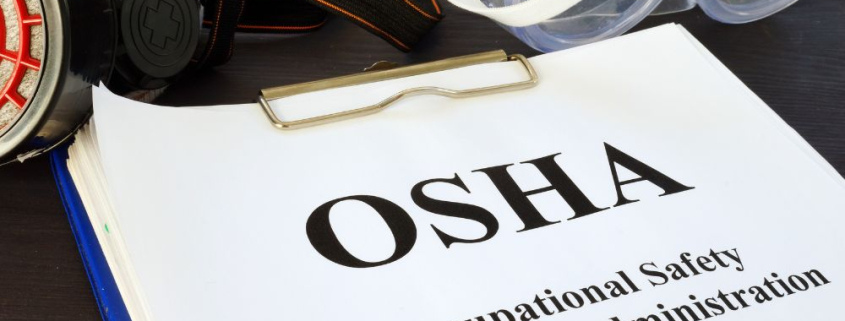Does Your Work Prioritise OH&S?

In the fast-paced world of Australian business, where innovation and productivity take centre stage, one integral aspect often stands as a silent guardian of success — Occupational Health and Safety (OHS). Beyond being a legal requirement, prioritising OHS is a strategic move that not only protects employees but fortifies the foundation upon which businesses thrive.
The Human Element: A Valuable Asset
At the heart of every successful business are its people. Recognizing employees as the most valuable asset, Australian businesses prioritising OHS understand that a healthy and safe workforce is more productive and engaged. It goes beyond meeting legal obligations; it’s about fostering a culture of care and respect.
Compliance: A Legal Necessity and Ethical Imperative
Australian workplaces are governed by stringent OHS regulations, and compliance is non-negotiable. Meeting these standards safeguards against legal repercussions and aligns with ethical responsibilities. Employees, clients, and stakeholders increasingly value businesses committed to ethical practices, making OHS a cornerstone of corporate responsibility.
Significant breaches of OH&S legislation can result in jail time if the alleged offender is found guilty of reckless endangerment within a court of law. This means that the alleged offender has engaged in behaviour or negligence that may have put a colleague at risk of death or severe injury.
Boosting Morale and Productivity
A safe and healthy work environment directly correlates with higher morale and increased productivity. When employees feel secure in their workplace, they are more likely to be engaged, motivated, and committed to their tasks. This positive atmosphere not only enhances teamwork but also contributes to lower absenteeism rates and higher retention.
Reducing Costs: A Strategic Investment
Contrary to a common misconception, investing in OHS is not an added cost but rather a strategic investment. Workplace accidents and injuries can lead to significant financial losses through compensation claims, medical expenses, and increased insurance premiums. Prioritizing OHS mitigates these risks and contributes to long-term cost savings.
Enhancing Reputation: A Competitive Edge
In an era where reputation is paramount, a commitment to OHS can set businesses apart. Clients and partners are increasingly conscious of the ethical and social practices of the companies they engage with. Demonstrating a dedication to the well-being of employees enhances the reputation of a business, fostering trust and loyalty.
Continuous Improvement: The Key to OHS Excellence
Achieving and maintaining a high standard of OHS requires a commitment to continuous improvement. Regular risk assessments, ongoing employee training, and embracing technological advancements in safety contribute to creating a dynamic OHS culture that adapts to the evolving needs of the workforce.
Practical Steps Towards OHS Excellence
- Risk Assessments: Regularly assess workplace risks and implement measures to mitigate them.
- Employee Training: Provide comprehensive training programs to educate employees about potential hazards and safe work practices.
- Safety Committees: Establish safety committees to encourage employee involvement in identifying and addressing safety concerns.
- Emergency Preparedness: Develop and regularly practice emergency response plans to ensure swift and effective action in case of unforeseen events.
- Technology Integration: Leverage technology to enhance safety measures, such as implementing automated safety alerts and utilizing wearable devices for real-time monitoring.
By recognising the importance of OHS, businesses not only adhere to legal requirements but also pave the way for sustained success, a thriving workforce, and a positive corporate legacy. It’s not just about compliance; it’s about embracing a culture where safety is not an option but a way of doing business.




